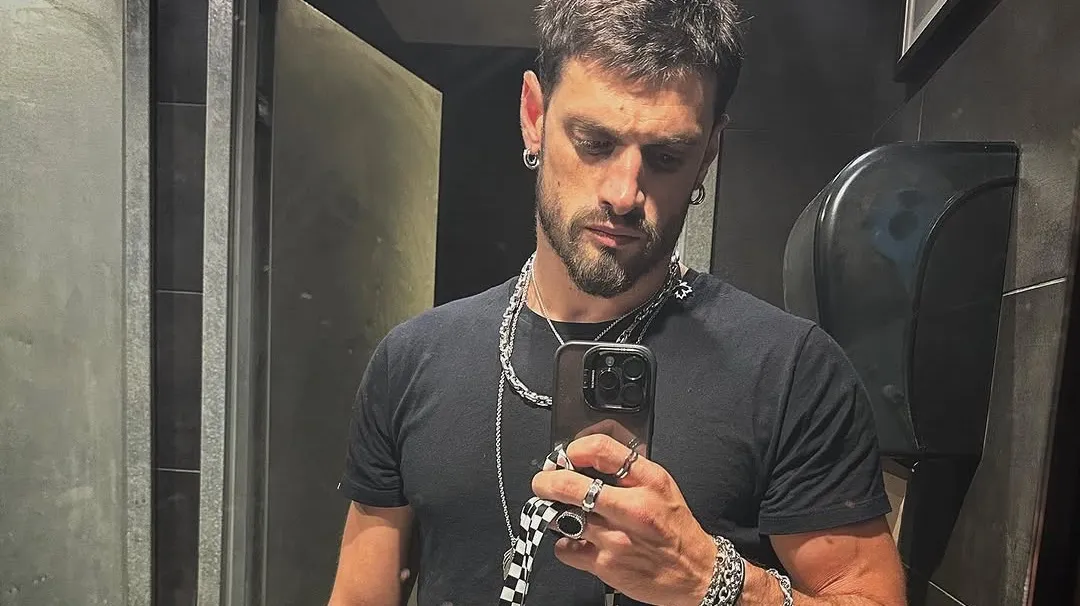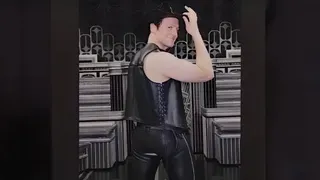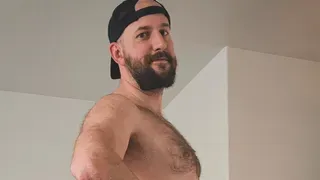January 30, 2011
Smithsonian Chief Says Banned Video a Work of Art
Robert Doyle READ TIME: 3 MIN.
LOS ANGELES (AP) - After complaints prompted him to cut a 4-minute video from an exhibition about gay contributions to art, the secretary of the Smithsonian Institution became the target in a national censorship debate.
Wayne Clough didn't publicly defend his decision until earlier this week when he told The Associated Press he pulled the video because the controversy had overshadowed the exhibition and threatened to spiral beyond control into a debate on religious desecration.
On Thursday, he used the Internet, a Town Hall Los Angeles luncheon and a brief news conference to say he would make the same decision over again - but he would handle it better.
He's working on a more efficient way to round up advice from his directors and consultants when events move swiftly and he is looking at ways people can tell him what they want, he told reporters. He said he'd talked to hundreds of people in the last few weeks and had received piles of e-mails.
"I respect and appreciate the opinions and advice they have shared with me, particularly with respect to how the Smithsonian communicates and consults on important issues. I am committed to improving these processes so that this Institution can meet the challenges of its public mission, including our role in educating about complex topics that involve social transitions or incorporate, in art or objects, cultural or religious symbols," he wrote on the Smithsonian's website.
The furor started after Clough received complaints from the Catholic League about "A Fire in My Belly," a video by the late David Wojnarowicz. The league called ants crawling on a crucifix sacrilegious, and Republican congressional leaders also spoke out. The video was cut the day the complaints were made public.
The video was part of an exhibition in the National Portrait Gallery titled "Hide/Seek: Difference and Desire in American Portraiture." It opened in October and is scheduled to run a few more weeks.
Dozens of museums around the country rallied to show the video and it is posted on several Internet sites.
Clough said he cut the video to save the other 100-plus pieces in the exhibit and preserve the Smithsonian's long-term stability. He told AP the museum is expecting "very difficult budget situations" with Congress in coming months because of the federal deficit. About 65 percent of the Smithsonian's budget comes from public funds.
Some accused Clough of censorship and the decision drew rebukes from the Association of Art Museum Directors, the Andy Warhol Foundation and other artists with works in the exhibit.
During his appearance inside the Millennium Biltmore Hotel in downtown Los Angeles, about 25 protesters from the Center for the Study of Political Graphics and a coalition called LA Raw marched outside.
"We look at this as censorship," said Elzo Rillo, and artist and one of the LA Raw organizers who took part in the march.
"If people do not stand up to this kind of oppression, it will lead to more problems. People take these freedoms for granted and assume they will always be there. It doesn't matter if people agree or disagree with us as long as they are aware, taking part in discussions and drawing their own conclusions," he said.
Two protesters tried to interrupt Clough's speech, but were quietly escorted out of the ballroom.
What is censorship? Clough asked reporters.
"Censorship is when you are making a judgment about a work of art and you're making a judgment about whether that work of art, per se, should be part of an exhibition. That's not the basis of my decision. The basis of my decision was to protect an exhibition and thinking about the whole institution itself and thinking about the audiences we serve. That's part of my job," he said.
Clough said Thursday he considers the video, left incomplete when Wojnarowicz died of AIDS in 1992 at age 37, a work of art. "Of course, it's a work of art. I have no issues about that at all."
Two other works by Wojnarowicz remain in the exhibit. Other contributing artists are Warhol, Jasper Johns, Thomas Eakins and Annie Leibovitz. It's the largest exhibition ever staged by the Portrait Gallery.
Does Clough wish the video were still part of the exhibit? "In a perfect world, of course, but I don't live in a perfect world," he said.
And when you look at the exhibit as a whole, "we chose to do what no other museum did or would do," he said.
___
Online:
Long-term New Yorkers, Mark and Robert have also lived in San Francisco, Boston, Provincetown, D.C., Miami Beach and the south of France. The recipient of fellowships at MacDowell, Yaddo, and Blue Mountain Center, Mark is a PhD in American history and literature, as well as the author of the novels Wolfchild and My Hawaiian Penthouse. Robert is the producer of the documentary We Are All Children of God. Their work has appeared in numerous publications, as well as at : www.mrny.com.







